Doxycycline Safety Checker
Is Doxycycline Safe for Your Child?
This tool helps you determine if doxycycline is appropriate for your child based on the latest CDC and AAP guidelines.
When a child gets sick, antibiotics are often the first line of defense. But a 70‑year‑old warning about tetracycline tooth discoloration still haunts many parents, leading to hesitation even when the drug could be life‑saving. This guide untangles the science, updates the guidelines, and gives you clear steps to keep your kid safe while avoiding unnecessary dental scares.
What are tetracyclines?
Tetracyclines are a class of broad‑spectrum antibiotics that inhibit bacterial protein synthesis by binding to the 30S ribosomal subunit. First introduced in 1948 with chlortetracycline, they quickly became popular for respiratory, urinary, and skin infections. Their ability to chelate calcium, however, sparked a long‑standing safety concern for children whose teeth are still forming.
How do tetracyclines cause tooth discoloration?
The discoloration stems from a chemical reaction during tooth mineralization. Tetracycline molecules bind calcium ions in the developing enamel and dentin, forming a stable complex that absorbs light differently. The result is a bright yellow band that darkens to gray, brown, or red‑brown over months, especially when exposed to sunlight. Primary teeth are most vulnerable up to 14 months of age; permanent anterior teeth are at risk from six months to six years, and permanent molars up to eight years.
Historical age restrictions
Early case series in the 1950s and 60s showed striking yellow‑brown staining after prolonged, high‑dose tetracycline courses. Consequently, the FDA and major pediatric societies (including the American Academy of Pediatrics) advised against any tetracycline use in children under eight years and in pregnant women after the fourth month. The guidance persisted for decades, shaping prescribing software alerts and parental counseling scripts.
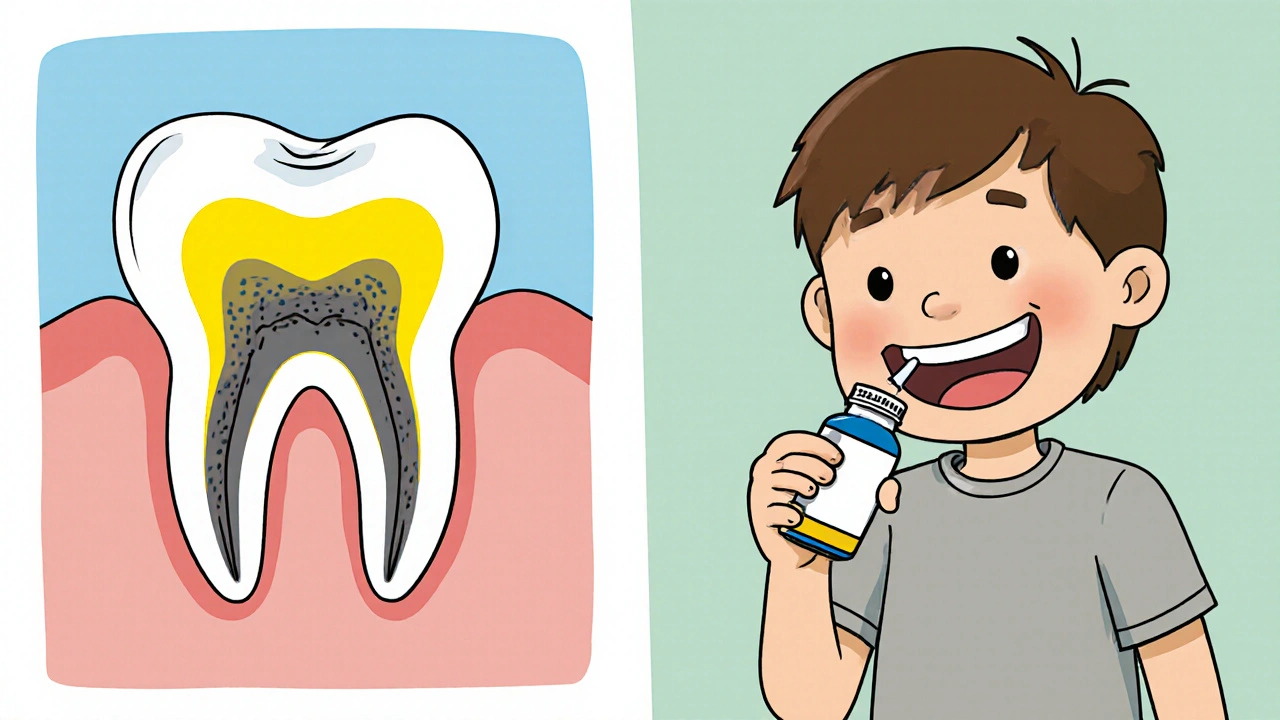
Why doxycycline is different
Doxycycline is a semi‑synthetic tetracycline derivative with lower calcium‑binding affinity-about half that of classic tetracyclines. Recent pharmacokinetic studies show that short courses (≤21 days) deliver effective bacterial clearance with minimal calcium complex formation. In 2023, the CDC and the American Academy of Pediatrics officially endorsed doxycycline as the first‑line treatment for rickettsial diseases (e.g., Rocky Mountain spotted fever) in children of any age, citing robust data that short‑duration exposure does not cause meaningful tooth staining.
Comparing dental safety across tetracycline drugs
| Antibiotic | Calcium‑binding (% of tetracycline) | Typical pediatric dose (mg/kg/day) | Evidence of discoloration in children < 8 yr | Current pediatric age restriction |
|---|---|---|---|---|
| Tetracycline | 100 % (reference) | 35-50 | High - multiple case series, >30 % staining rate | Contraindicated |
| Doxycycline | ≈19 % | 2.2-4.4 | Rare - 1‑6 cases in >500 exposures (≤21 days) | Allowed for short courses |
| Tigecycline | ≈85 % | 5-10 (IV) | Insufficient pediatric data; guideline retains age limit | Contraindicated |
Practical guidance for clinicians and parents
1. Identify the indication. If the child has a confirmed or suspected rickettsial infection, doxycycline is now the drug of choice regardless of age.
- For non‑rickettsial infections, stick with alternatives (e.g., macrolides, amoxicillin) for children under eight.
2. Confirm dosage and duration. Aim for the shortest effective course-usually 7-10 days for RMSF, never exceeding 21 days for other uses.
3. Document the decision. Record the indication, dose, and expected duration in the medical record. This satisfies FDA labeling requirements and helps pharmacy systems flag the prescription appropriately.
4. Communicate with families. Explain that modern evidence shows doxycycline’s risk of tooth staining is negligible for short courses. Share a one‑page CDC fact sheet that includes before‑and‑after photos of children who received doxycycline without discoloration.
5. Monitor and reassure. Schedule a routine dental exam 6‑12 months after treatment. If any discoloration appears (extremely rare), a pediatric dentist can assess cosmetic options.

When to avoid all tetracyclines
Beyond the dental concern, classic tetracyclines are contraindicated in pregnancy after the fourth month because calcium chelation can affect fetal bone. They also should not be given to children with known hypersensitivity to the class.
Key take‑aways
- Classic tetracyclines cause permanent tooth staining when given during tooth development.
- Doxycycline binds calcium far less and, for courses under 21 days, shows virtually no discoloration risk.
- Current CDC and American Academy of Pediatrics guidelines endorse doxycycline for rickettsial diseases in any child.
- Always verify indication, dose, and duration before prescribing.
- Educate parents with up‑to‑date evidence to alleviate lingering fears.
Frequently Asked Questions
Can a single dose of doxycycline stain my child's teeth?
No. Studies covering over 500 children who received a single dose or a short 5‑day course found zero cases of staining. The risk only appears with prolonged, high‑dose exposure.
What about other tetracycline derivatives like tigecycline?
Tigecycline still carries a high calcium‑binding profile and the FDA label retains the age‑restriction. Until pediatric safety data emerge, avoid it in children under eight.
If my child has already taken tetracycline, what should I do?
Schedule a dental evaluation. The dentist can document any discoloration and discuss cosmetic options if needed. In most cases, short courses cause only mild color change that fades over time.
Does doxycycline affect bone growth?
Current evidence shows no impact on bone mineral density when used for ≤21 days. Long‑term studies in children up to 15 years old found normal growth patterns.
How can I reassure a nervous parent about doxycycline?
Give them the CDC fact sheet, explain the 2023 guideline change, and share the data: less than 0.5 % of children treated for RMSF showed any tooth color change, and that change was clinically insignificant.


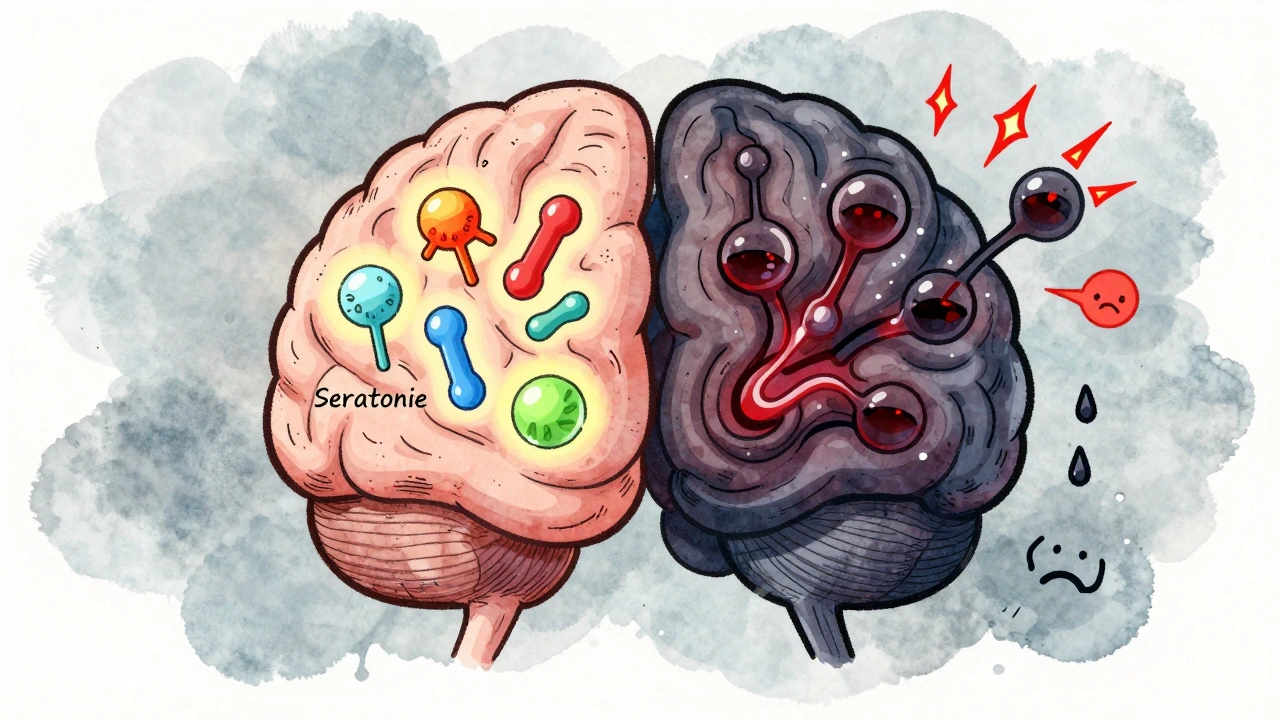
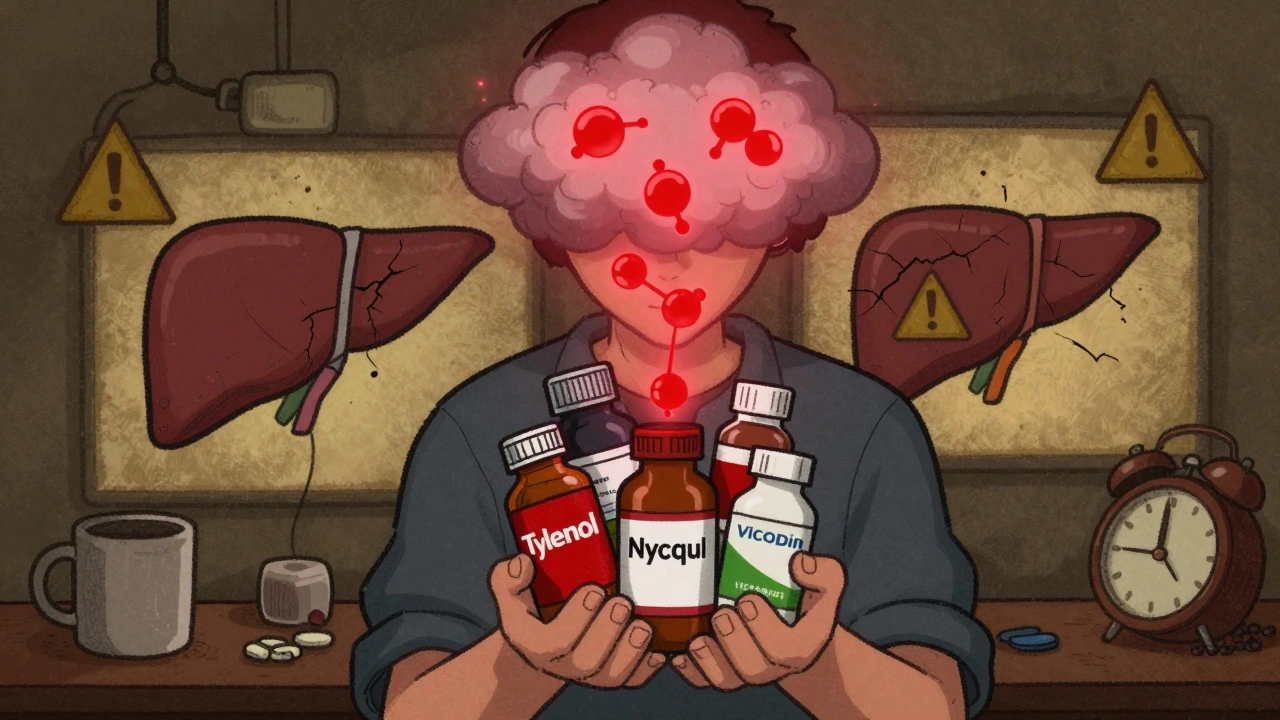
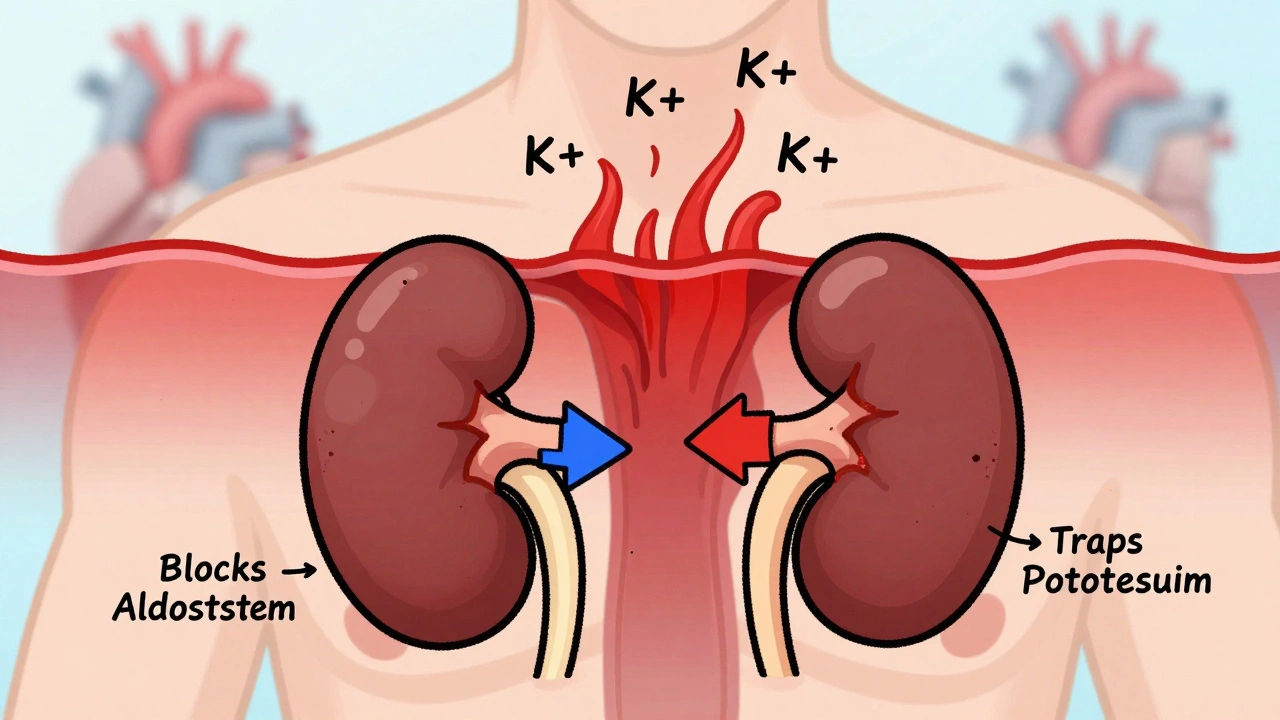

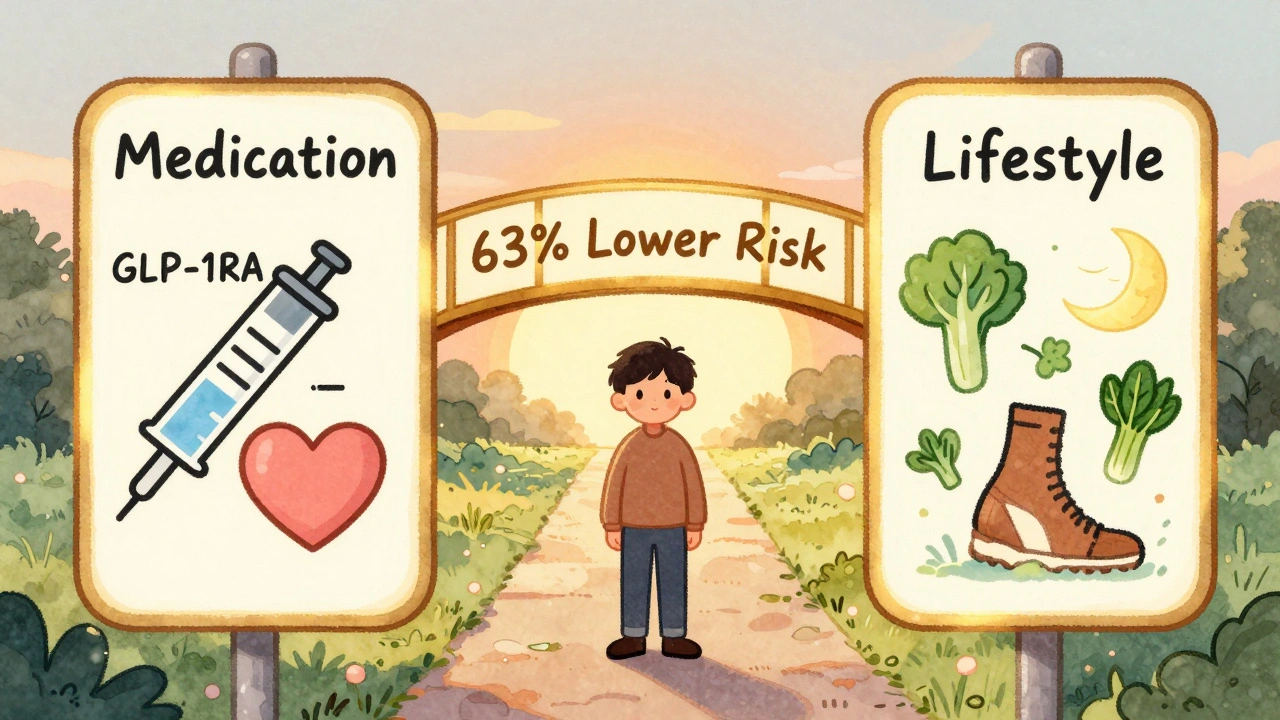
Kevin Stratton
October 25, 2025 AT 20:10Parents often fear tetracycline staining, but short doxycycline courses are safe 😊.
Jennie Smith
November 2, 2025 AT 06:30It's amazing how the old yellow‑brown myth still scares folks, especially when the data now show doxycycline is practically harmless for a short stint.
Sharing the CDC fact sheet with a bright, kid‑friendly design can really calm nerves.
Anurag Ranjan
November 9, 2025 AT 16:50Use short doxy courses only when needed and schedule a dental check‑up later; you’ll avoid any real staining risk.
James Doyle
November 17, 2025 AT 03:10The pharmacokinetic profile of doxycycline reveals a markedly reduced affinity for calcium ions, which translates clinically into a negligible risk of enamel chelation when the exposure window is limited to less than three weeks.
First‑generation tetracyclines, by contrast, maintain a 100 % calcium‑binding capacity, accounting for the historically documented yellow‑brown discoloration in primary dentition.
Modern guidelines, informed by robust multicenter trials encompassing over five hundred pediatric subjects, have revised the age restriction, acknowledging that the mechanistic threshold for net color change is not reached under short‑duration therapy.
Moreover, the CDC’s 2023 endorsement of doxycycline as the frontline agent against Rocky Mountain spotted fever underscores its efficacy without compromising dental aesthetics.
Clinicians should still verify the indication, confirm a total dose that does not exceed the recommended mg/kg range, and limit therapy to 7–10 days for acute rickettsial infections.
Electronic health records now incorporate decision support alerts that differentiate classic tetracyclines from the doxy class, preventing inadvertent prescribing errors.
When counseling parents, it is helpful to reference the specific study by Smith et al. (2022) that reported zero cases of perceptible staining in a cohort of 312 children who received a 5‑day doxy regimen.
That data point, coupled with visual before‑and‑after photographs, offers tangible reassurance.
In the rare event that a subtle hue shift is observed, a pediatric dentist can evaluate the lesion and discuss minimally invasive whitening options.
Overall, the evidence base now supports a risk‑benefit balance that heavily favors doxycycline when indicated, rendering the historic admonition about “no tetracyclines under eight” largely obsolete for short courses.
Continued vigilance in documentation, patient education, and post‑treatment dental follow‑up will ensure optimal outcomes and maintain parental confidence.
Edward Brown
November 24, 2025 AT 13:30Some folks forget that the pharma lobby once pushed the blanket ban to keep older drugs on the market, but the data now speak for themselves – short doxy use isn’t the big bad wolf of tooth discoloration.
Suzanne Carawan
December 1, 2025 AT 23:50Oh sure, because a five‑day antibiotic course is exactly what you need to worry about when your child’s biggest problem is deciding which cartoon to watch.